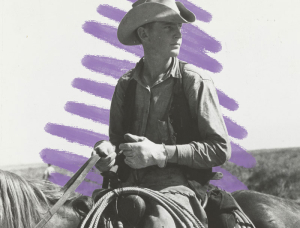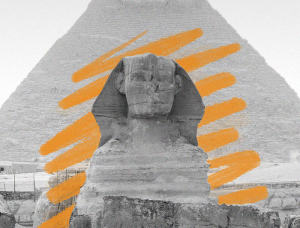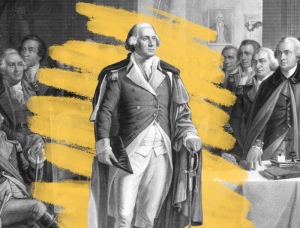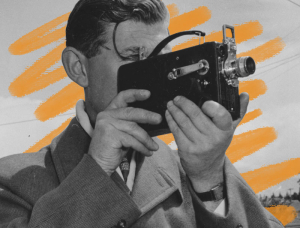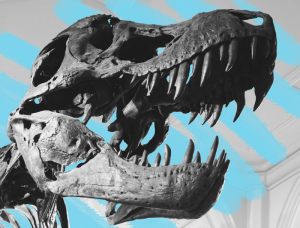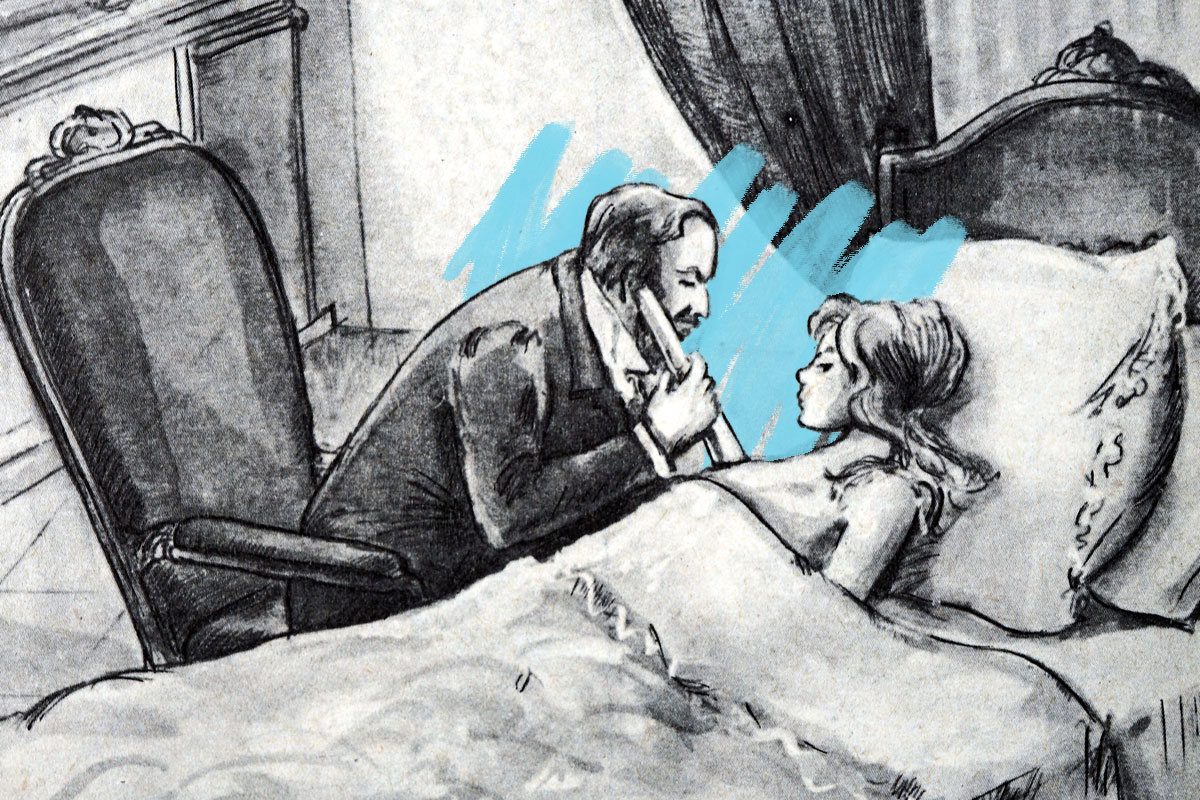The stethoscope was invented because a doctor felt awkward pressing his ear to a woman’s chest.
In 1816, a French physician named René Laennec found himself in a delicate situation. He needed to listen to the heart of a young female patient but didn’t have an ideal way to do so based on the standard practices of the time. Doctors in the early 19th century relied primarily on touch to assess the heart, pressing their hands to gauge its strength and rhythm. This method often wasn’t reliable, especially, as was the case in Laennec’s situation, if the patient was of a heavier weight. Applying the ear directly to a chest was another approach, but Laennec felt that would be inappropriate and uncomfortable given his patient’s age and gender.
Laennec also happened to be a skilled musician. Drawing on a basic principle of acoustics — that sound travels better through solid materials than through air — he rolled a sheet of paper into a cylinder and placed one end on the patient’s chest and the other to his ear. The heartbeat came through far more clearly and distinctly than it would have with touch or direct ear contact. Three years later, he published his findings and the first design of a monaural stethoscope, the name of which comes from the Greek words stethos, meaning “chest,” and skopein, meaning “to explore.”
The device was a simple wooden tube about 10 inches long that carried sound to one ear. The stethoscope marked the start of mediate auscultation — diagnosing conditions by listening to the body’s internal functions. Laennec’s design was used until flexible rubber-tubed binaural models appeared later in the 19th century.
